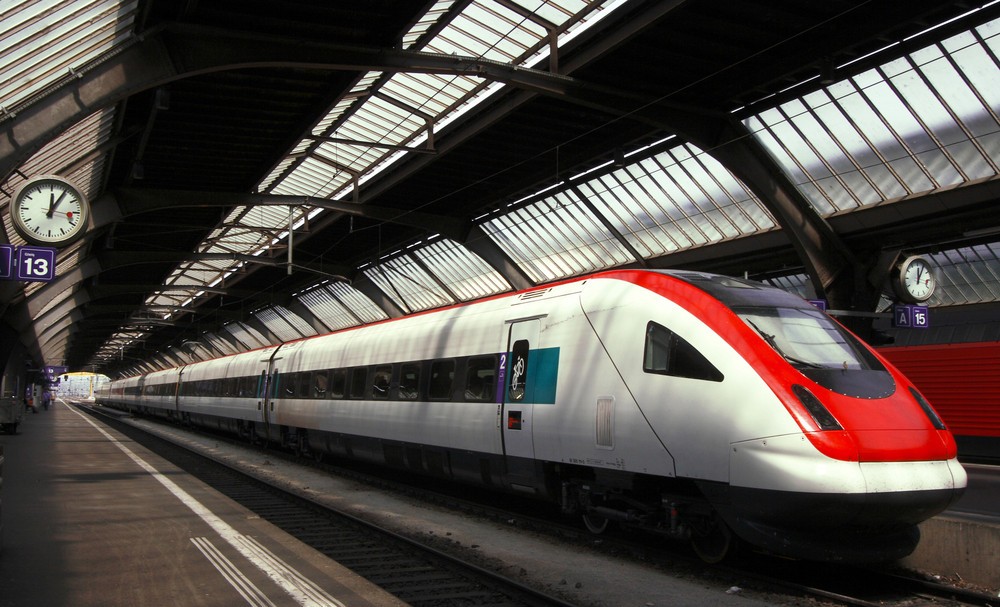2021, a railway-transport promotion year
On 15 December the European Parliament approved a Commission proposal for making 2021 European Year of Rail to promote a green and safe means of transport.

Transport accounts for 25% of greenhouse gas emissions. Railway transport, however, is responsible for only 0.4% of these emissions in the EU. Largely electrified today, it is the only means of transport that has slashed its emissions since 1990; this makes it one of the spearheads of sustainable tourism. The accident rate is very low too; it is in fact the safest form of overland transport.
Adina Vălean, European Commissioner for Transport, has declared: “Our future mobility needs to be sustainable, safe, comfortable and affordable. Rail offers all of that and much more! The European Year of Rail gives us the opportunity to re-discover this mode of transport. Through a variety of actions, we will use this occasion to help rail realise its full potential. I invite all of you to be part of the European Year of Rail.”
The Recovery and Resilience Facility is a fund that has been set up by the European Union to support its member states during the COVID-19 crisis; as such it represents a great chance for member states and companies to contribute towards growth and improvement in diverse fields, including sustainable mobility, where the railway, as we’ve already pointed out, really comes into its own. The Secretary General of Infrastructure, Sergio Vázquez Torrón, has stressed that now is the time to engineer a second, CO2-emission-slashing modernization based on a modal transfer railway model and a digital transformation of Spain’s transport system.
Organizations like the Railway Infrastructure Authority (Administración de Infraestructuras Ferroviarias: ADIF) claim to have projects in the pipeline worth a total of 14 billion euros, on the strength of which it is optimistic about these developments’ access to the European Recovery and Resilience Facility.
Associations like MAFEX, the Spanish Railway Association, of which GMV is a member, have set themselves the goal of making passenger- and cargo-railway transport one of the main thrusts of Spain’s transport policies while also promoting its international development. To that end, MAFEX has identified diverse projects and action lines to which its partners can make their own inputs, and also representing a chance for the development of ITS and GMV participation. Projects along the lines of connectivity, communications systems, means of payment, supply of sustainable and competitive energy, integrated platforms that help to make planning decisions (preventive and predictive maintenance), operations management and the supply of groundbreaking services, among others.
According to the IP&T Center, the future development of the railway industry and railway traffic management is likely to involve increasingly automated and connected intelligent transportation systems based in turn on a major railway network infrastructure, tapping into the opportunities offered by new technologies and cutting down the lifecycle cost. This will call for a «digital transformation» of the railway industry.
In brief, the future railway strategy will be driven by what has come to be called the «connected train». This will allow digital innovations in the field of communications networks and ITSs in particular to solve operational railway safety problems, meet passengers’ connectivity needs and gain a firmer control over operational parameters and monitoring.
Author: Isidro Prieto.